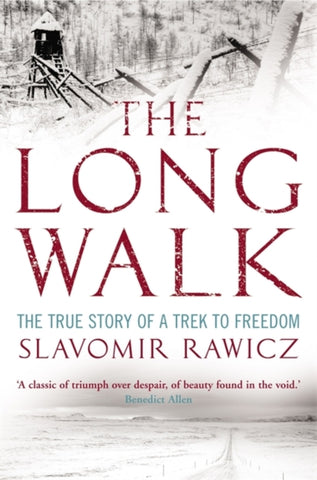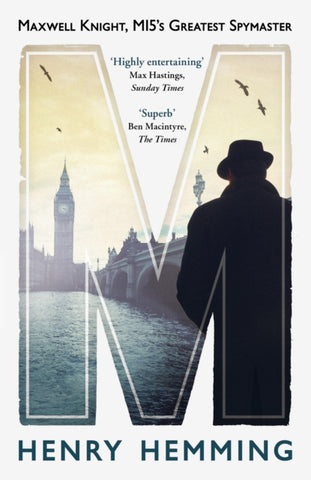
Binding: Hardback,
Date of Publication: 15/09/2024,
Pagination: 288 pages, 8 Plates, color,
Series: N/A,
Imprint: Amberley Publishing,
Published By: Amberley Publishing,
Book Classification: Biography: historical, political & military
Dimensions: 165 x 248 x 33mm
Weight: 612g
ISBN13\EAN\SKU: 9781398114890
John Gaspard Le Marchant was born in France in 1766, his father from Guernsey, his mother French. He joined the British Army aged sixteen and despite his family’s moderate wealth and lack of society connections, he rose through the ranks to become one of the most accomplished cavalry officers of his time. A master swordsman, he had seen how poor training with the sword resulted in numerous casualties amongst the British cavalry – sometimes accidentally self-inflicted. Le Marchant set about designing a new cavalry sabre, writing instruction manuals on swordsmanship and training cavalry men throughout the country. Le Marchant’s achievements did not go unnoticed and he enjoyed the patronage of George III and the Duke of York.
He didn’t stop there. His proposal for a military establishment for the professional training of army officers initially met with opposition. He persevered, and the Royal Military College was founded in 1801, where he served as its inaugural Lieutenant-Governor. Later relocating to Sandhurst, the institution evolved to become the world-famous Royal Military Academy.
In 1811, Major-General Le Marchant joined the Duke of Wellington’s army in Portugal and Spain. At the Battle of Salamanca he led what is considered to be one of the most successful British cavalry charges of the Peninsular War. He was killed during the battle, aged 46. A fearless cavalry officer and commander, expert swordsman, visionary and reformer, talented artist and devoted family man, Le Marchant’s legacy lives on at Sandhurst.




